10 Best Herbal Tinctures For Dark Circles
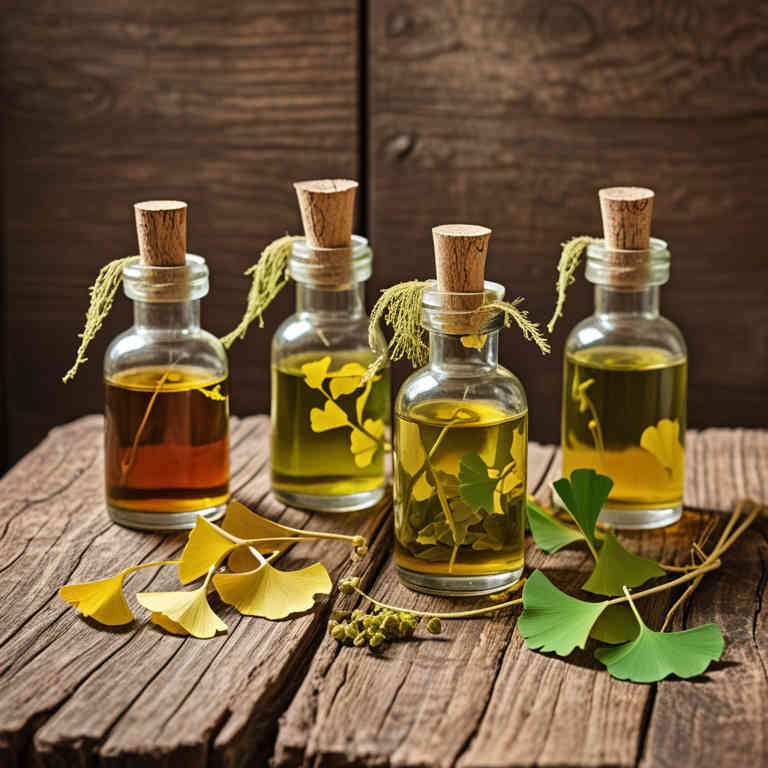
Herbal tinctures for dark circles are concentrated liquid extracts made from various plants known for their skin-revitalizing properties, such as calendula, chamomile, and rosemary.
These tinctures are often used topically to reduce the appearance of dark under-eye circles by improving circulation and reducing inflammation. They can be applied directly to the skin using a cotton swab or diluted with a carrier oil for a gentler application. Many herbal tinctures also contain antioxidants and anti-inflammatory compounds that help brighten the skin and promote a more youthful appearance.
Due to their natural ingredients, they are a popular alternative for those seeking a holistic approach to skincare.
FREE COURSE
How to make medicinal herbal tinctures for common ailments at home and in a weekend (using the Healing Drops System).

Table of Contents
1. Rosa canina
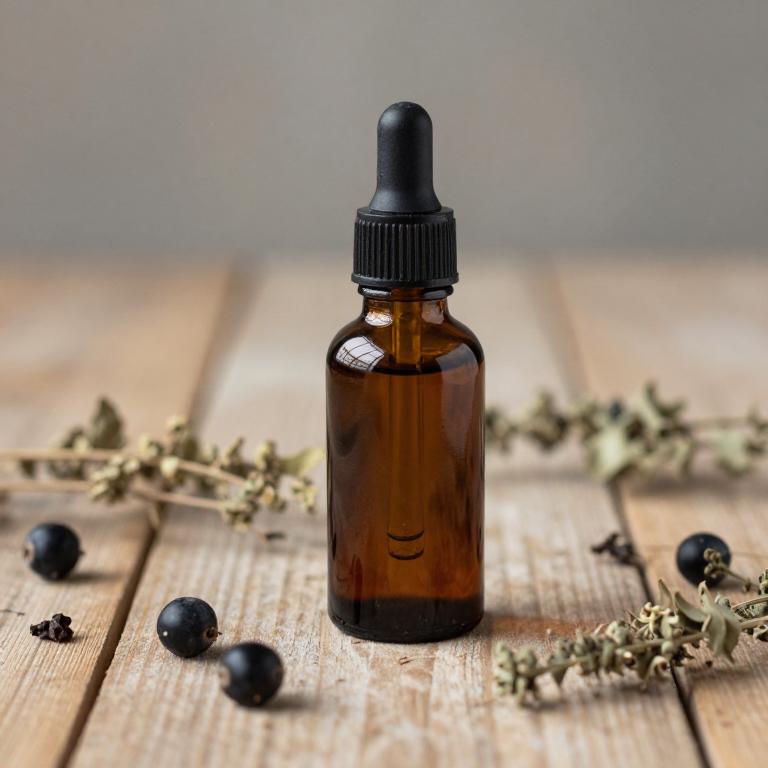
Rosa canina, commonly known as rosehip, is a herbal remedy that has been traditionally used for its rich content of vitamins and antioxidants, particularly vitamin C. Rosa canina herbal tinctures are often utilized to address dark circles under the eyes due to their potential to improve skin elasticity and reduce oxidative stress.
These tinctures may help brighten the under-eye area by promoting collagen production and enhancing blood circulation. The anti-inflammatory properties of rosehip can also soothe irritated skin and reduce the appearance of puffiness.
While more research is needed, many users report a noticeable improvement in the appearance of dark circles when using Rosa canina tinctures consistently as part of a skincare routine.
2. Matricaria chamomilla
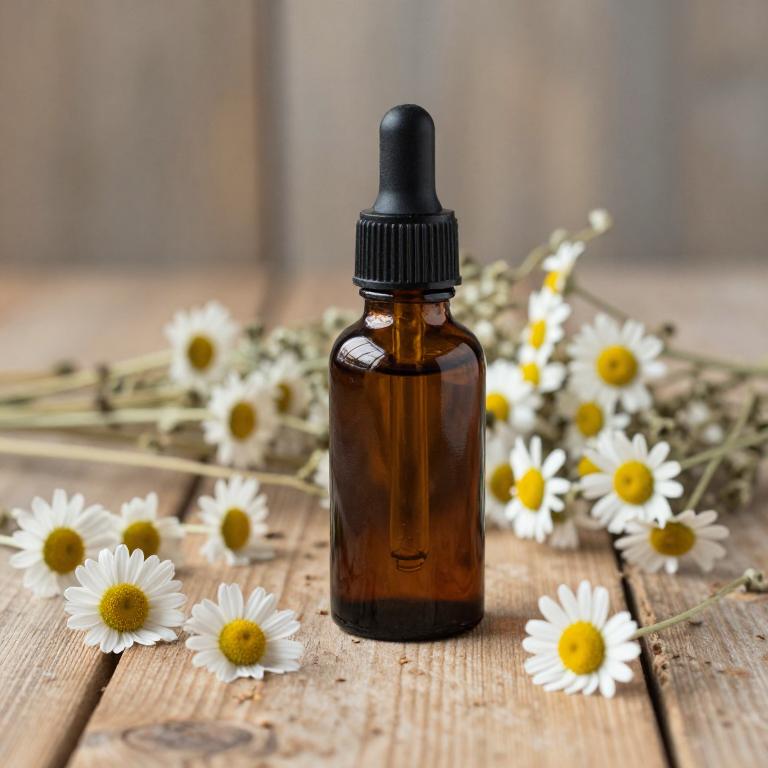
Matricaria chamomilla, commonly known as chamomile, is a popular herbal remedy often used in tinctures to address the appearance of dark circles under the eyes.
Chamomile tinctures are valued for their anti-inflammatory and soothing properties, which can help reduce puffiness and irritation that contribute to the visibility of dark circles. These tinctures are typically applied topically as a compress or diluted with water to gently tone the delicate under-eye area. The calming effect of chamomile may also improve circulation, promoting a more even skin tone and reducing the appearance of shadows.
While not a cure-all, chamomile tinctures can be a natural and gentle option for those seeking to enhance the appearance of their under-eye area.
3. Urtica dioica

Urtica dioica, commonly known as stinging nettle, is a powerful herb that has been used for centuries in traditional medicine for its rich nutritional and medicinal properties.
Urtica dioica herbal tinctures are often used to address dark circles under the eyes due to their high concentration of vitamins, minerals, and antioxidants, which can help improve circulation and reduce inflammation. The tincture's ability to detoxify the body and support overall skin health may contribute to the fading of dark under-eye circles over time. When applied topically, these tinctures can help brighten the skin and reduce the appearance of discoloration.
However, it is important to dilute the tincture properly before use, as undiluted stinging nettle can cause irritation or a stinging sensation on the sensitive skin around the eyes.
4. Silybum marianum
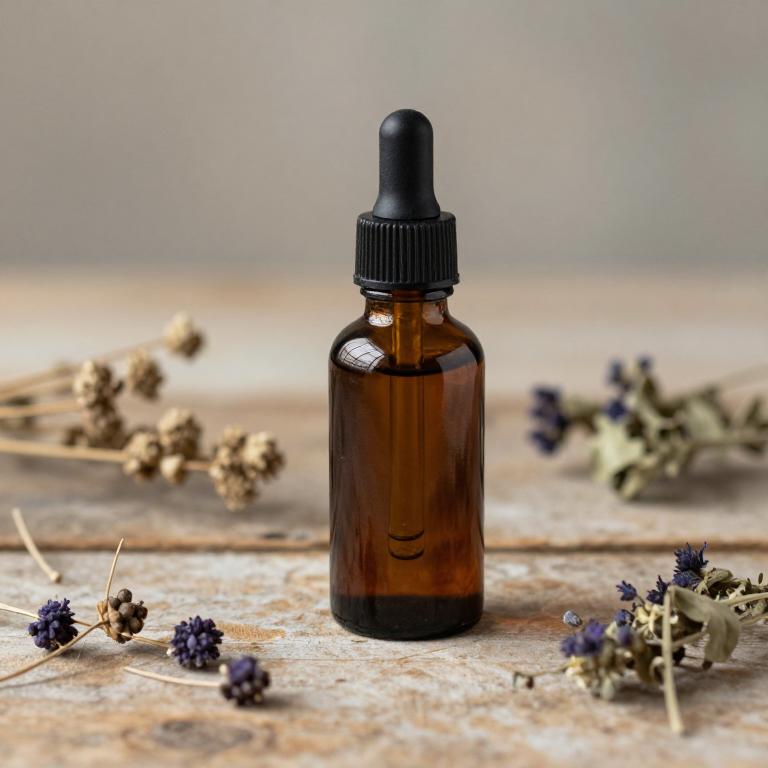
Silybum marianum, also known as milk thistle, is a herbal remedy that has been traditionally used for its potential liver-supporting properties.
While it is not specifically marketed for dark circles, some people use silybum marianum tinctures as part of a holistic approach to improve overall skin health. The active compound, silymarin, may help reduce oxidative stress and promote cellular repair, which could indirectly contribute to the fading of dark circles over time. However, it is important to note that there is limited scientific evidence directly linking silybum marianum tinctures to the reduction of dark circles.
As with any herbal supplement, it is advisable to consult with a healthcare professional before use, especially if you have underlying health conditions or are taking other medications.
5. Cnicus benedictus
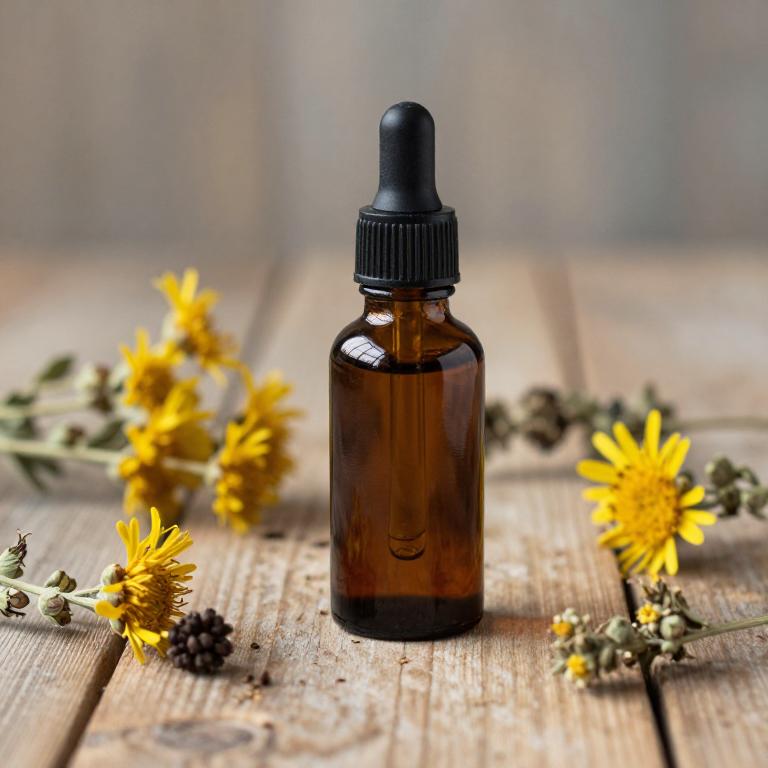
Cnicus benedictus, also known as blessed thorn, is a herbal remedy traditionally used for its purported benefits in reducing dark circles under the eyes.
Its tincture formulation is believed to stimulate circulation and promote skin renewal, which may help diminish the appearance of dark under-eye circles. The active compounds in Cnicus benedictus are thought to have mild antiseptic and astringent properties that can tighten the skin and reduce puffiness. While scientific evidence supporting its efficacy is limited, many users report a noticeable improvement in the visibility of dark circles after consistent use.
As with any herbal remedy, it is advisable to consult a healthcare professional before incorporating Cnicus benedictus tinctures into your skincare routine.
6. Camellia sinensis

Camellia sinensis, commonly known as the tea plant, is the source of various herbal tinctures that are often used in natural skincare for addressing dark circles.
These tinctures are typically rich in antioxidants, caffeine, and polyphenols, which can help improve circulation and reduce the appearance of under-eye discoloration. The caffeine in Camellia sinensis tinctures can constrict blood vessels, thereby reducing puffiness and darkening of the under-eye area. Additionally, the antioxidants in these tinctures may help protect the skin from oxidative stress, promoting a more even skin tone.
When applied topically, Camellia sinensis tinctures can offer a natural alternative to commercial eye treatments, supporting a brighter, more refreshed look around the eyes.
7. Vitis vinifera
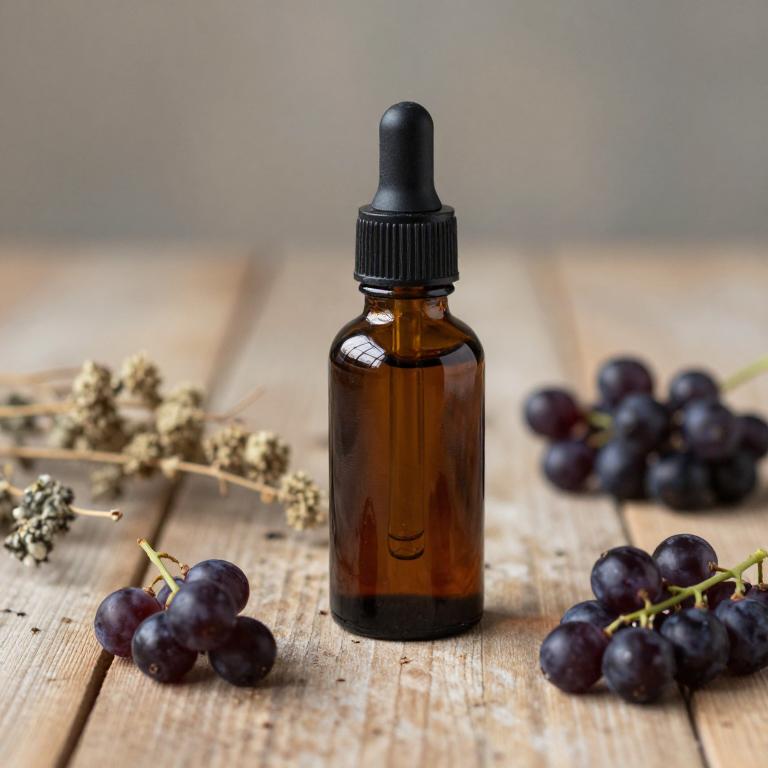
Vitis vinifera, commonly known as the grape vine, is a source of herbal tinctures that are increasingly being used for their potential benefits in reducing the appearance of dark circles under the eyes.
These tinctures are typically prepared by extracting the active compounds from the leaves or seeds of the Vitis vinifera plant using alcohol or other solvents. The key ingredients, such as resveratrol and flavonoids, are believed to have antioxidant and anti-inflammatory properties that may help brighten the skin and improve circulation. When applied topically, these tinctures may help reduce the appearance of dark circles by addressing underlying causes such as oxidative stress and poor blood flow.
However, it is important to consult with a healthcare professional before using these tinctures, especially if you have sensitive skin or are taking other medications.
8. Hypericum perforatum
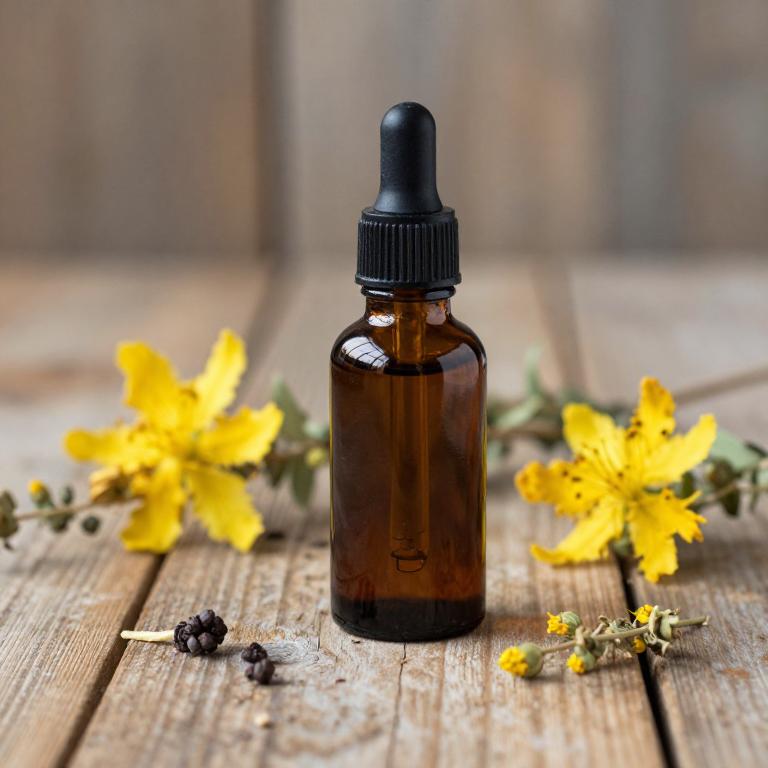
Hypericum perforatum, commonly known as St. John's Wort, is a herb that has been traditionally used for its purported benefits on skin health and mood.
While it is more widely recognized for its potential antidepressant properties, some formulations of St. John's Wort may be used in tincture form to address dark circles under the eyes. The tincture is believed to support skin regeneration and may help reduce the appearance of dark patches by improving circulation and reducing inflammation. However, it is important to note that scientific evidence for its effectiveness in treating dark circles is limited, and results can vary among individuals.
As with any herbal remedy, it is advisable to consult with a healthcare professional before use, especially if you are taking other medications or have underlying health conditions.
9. Glycyrrhiza glabra
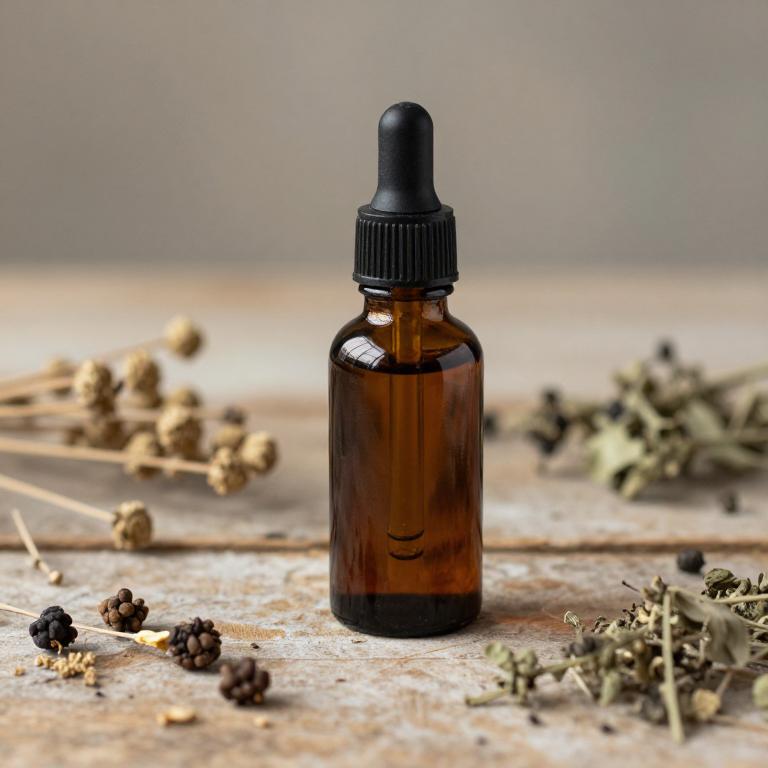
Glycyrrhiza glabra, commonly known as licorice root, is a popular herb used in herbal tinctures for its potential benefits in reducing the appearance of dark circles under the eyes.
The tincture contains compounds like glycyrrhizin and flavonoids, which may help improve circulation and reduce inflammation, contributing to the fading of dark under-eye circles. When applied topically, licorice root tinctures can brighten the skin and even out skin tone, offering a natural alternative to commercial eye creams. However, it is important to dilute the tincture properly before use to avoid skin irritation.
While some users report positive results, more scientific research is needed to fully understand its efficacy and long-term safety for this specific application.
10. Lavandula angustifolia
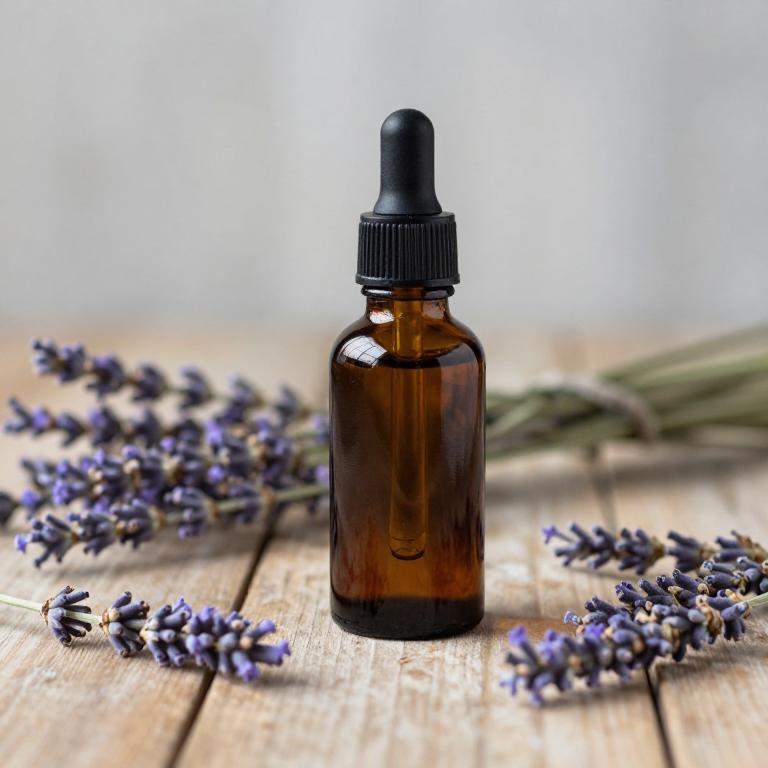
Lavandula angustifolia, commonly known as English lavender, is often used in herbal tinctures for its calming and anti-inflammatory properties.
These tinctures are believed to help reduce the appearance of dark circles by improving circulation and soothing the delicate under-eye area. The essential oils in lavender tinctures may help lighten pigmentation and reduce puffiness, making them a popular natural remedy for under-eye concerns. When applied topically, lavender tinctures can provide a gentle, aromatherapy-like effect that promotes relaxation and skin rejuvenation.
However, it is important to dilute the tincture properly before use to avoid skin irritation and ensure safe application.